Avoid Using Toxic Chemicals to Clean Your Kitchen
Take a look at the ingredients list of any commercial household cleaner and you will find a collection of words that are practically unpronounceable. We typically use harsh cleansers to disinfect and clean our homes, not paying much attention to the chemical film that is left behind, or the pollutants we spray into the air. Luckily, there are some tried and true products that you can use to effectively clean your kitchen (and bathroom, too!) without having to worry about breathing in or coming in contact with toxic chemicals. The best news is that these items are probably already sitting in your home.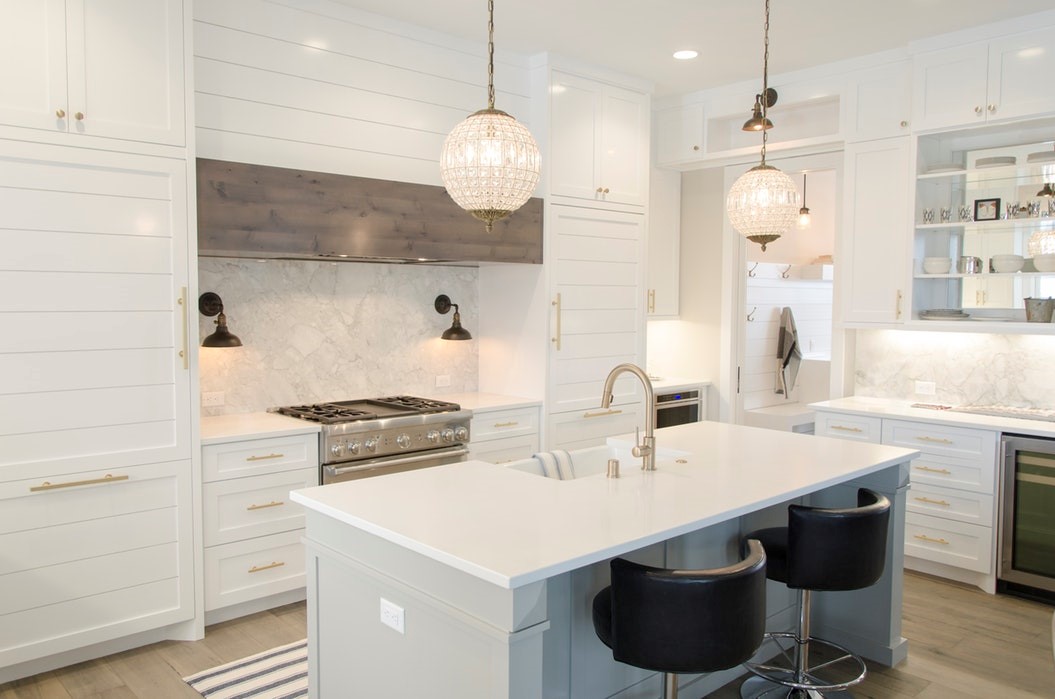
1. Vinegar
Vinegar has been used as a medicinal application, cleanser, and food preservative for more than 2000 years. Its typical 5% acidity and antiseptic properties makes it the perfect tool for household cleaning. Diluted at a 1:4 ratio with water, vinegar can be used to clean floors and cabinetry. However, at full strength, it can be applied to cutting boards and countertops to naturally disinfect surfaces; sprayed onto glass for streak-free windows; or even used on stainless steel sinks and appliances to really bring out the shine!
2. Baking Soda
Like vinegar, sodium bicarbonate (baking soda) has been used as a cleaning agent for thousands of years. Its gritty texture is perfect for scouring jobs in the kitchen. Mixed with water as a paste, baking soda can be used to scrub dishes and tile grout. Use your versatile Scrigit Scraper™ to assist with scraping burnt-on foods after soaking or getting into corners, edges and crevices. While baking soda is a natural degreaser and scourer, it becomes a super stain remover with the help of a halved lemon. Sprinkle some baking soda onto a copper-bottomed pot, rub with lemon, and watch the original patina shine through! Baking soda is great for cleaning ceramic sinks and tubs without the noxious smell of commercial cleaners, and is a superb natural cleanser for greasy ovens.
3. Olive Oil
For cleaning and removing scratches from wood furniture and cabinets, use equal parts of olive oil and vinegar, such as a half-cup of each. Use a clean soft cloth to rub in the mixture. Rub back and forth with the grain. Use another clean soft cloth to remove the excess liquid and buff the wood. For light-colored wood, you can substitute lemon juice for the vinegar.
4. Hydrogen Peroxide
Rather than suffering with the noxious fumes of ammonia or bleach, hydrogen peroxide is an odorless, non-toxic solution. Long used in wound care for its antiseptic properties, peroxide has also been used for hair bleaching, teeth whitening, and household cleaning. Combined with baking soda, it is effective in removing tougher stains, such as coffee or tea stains in ceramic mugs. However, with a 1:3 warm water ratio, you can also use peroxide to wipe down the stovetop, clean the inside of the refrigerator, or clean the microwave.
5. Hot Water
This one is often overlooked as a way to avoid toxic chemicals. At the right temperature (at least 140°F), hot water can kill many bacteria in your kitchen. Most people maintain their hot water at 120°F to minimize the chance of scalding, thereby rendering it useless for killing most bacteria. But hot water in and of itself can remove dirt and grime from countertops, appliances, sinks, floors, cabinets, and dishes. Some people opt to exclusively clean with hot water; its sanitization properties are effective at 170-180°F. Therefore, you may choose to boil some water to use as a cleaning agent. Just be sure to use sturdy rubber gloves when handling.
For other household cleaning ideas to avoid toxic chemicals, look here.

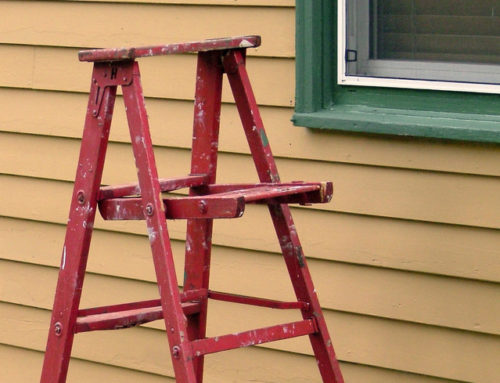
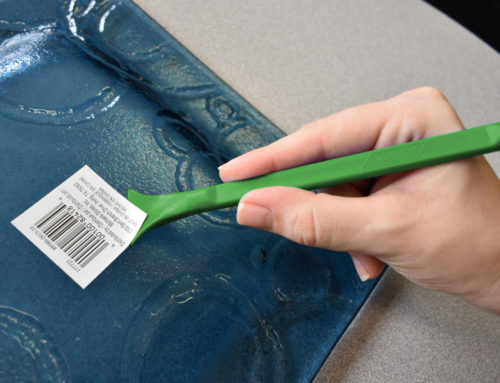
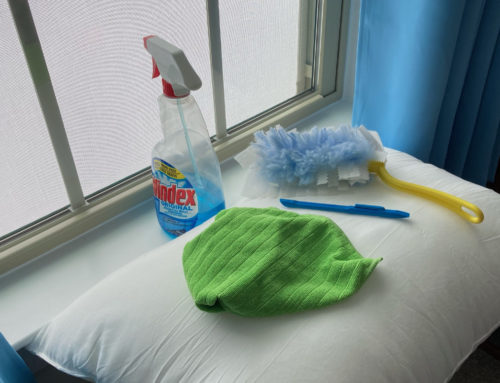
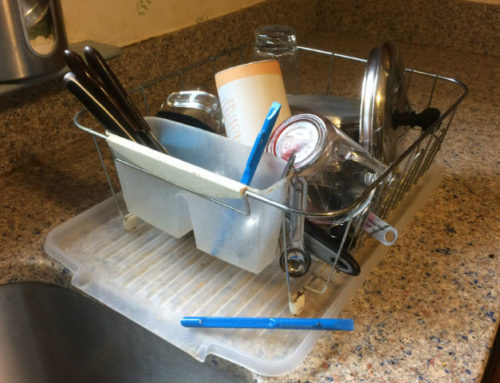
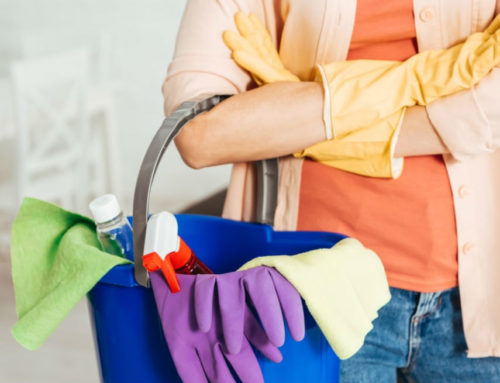
Leave A Comment